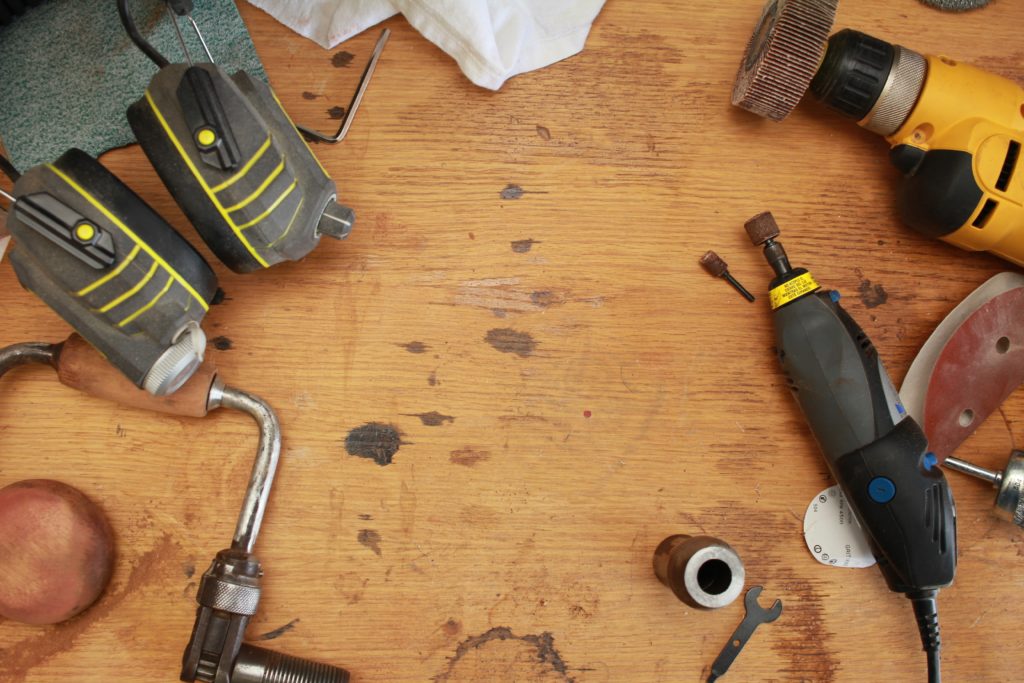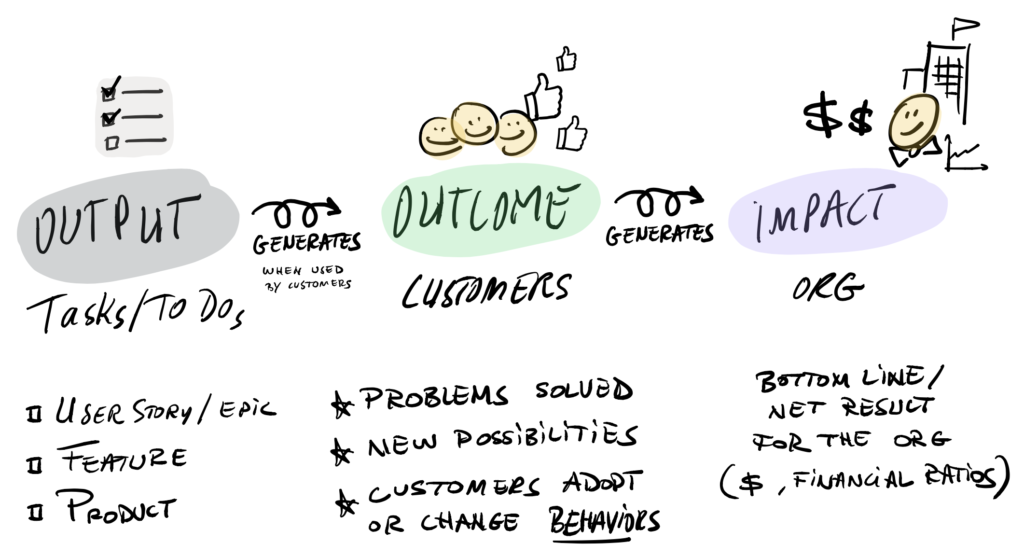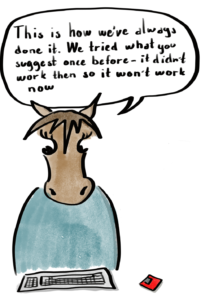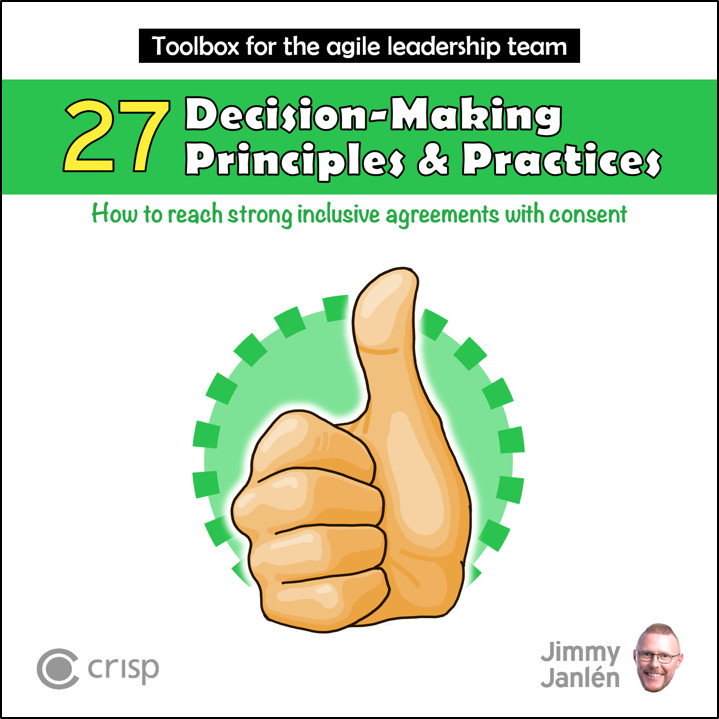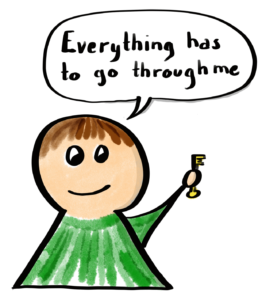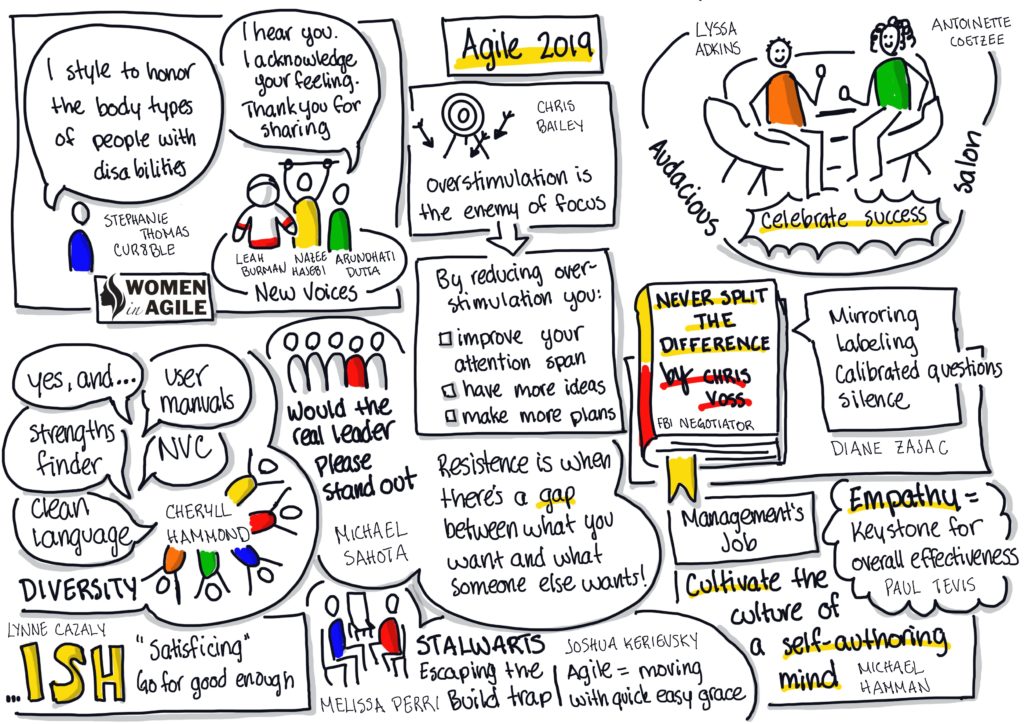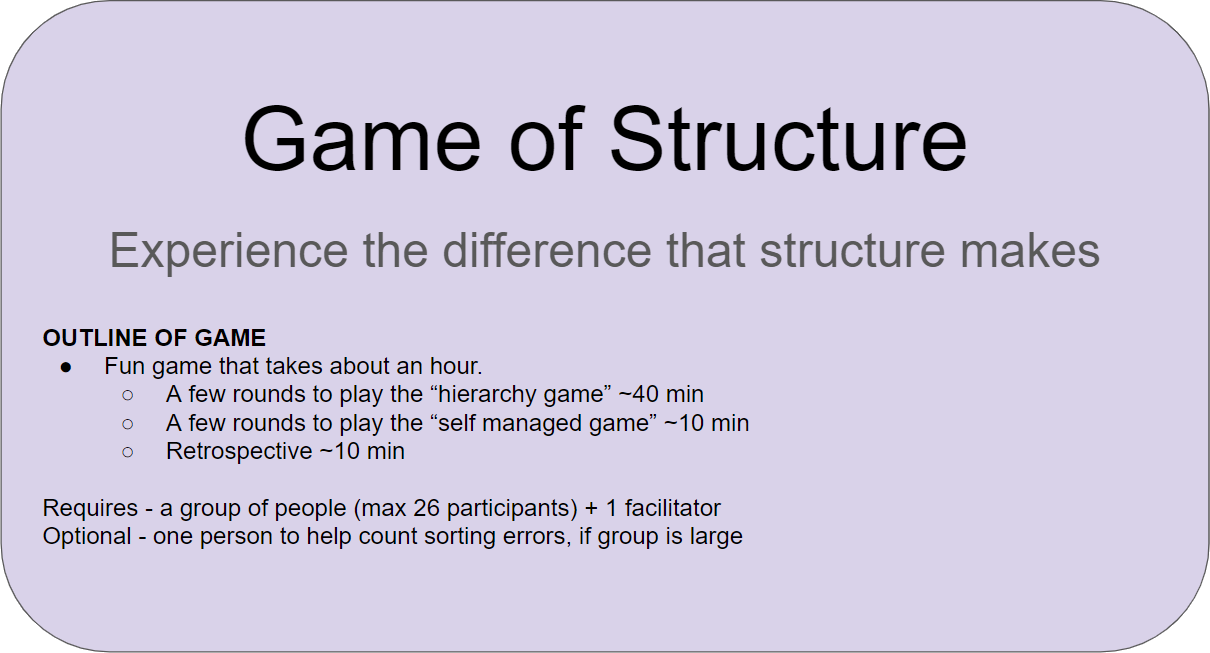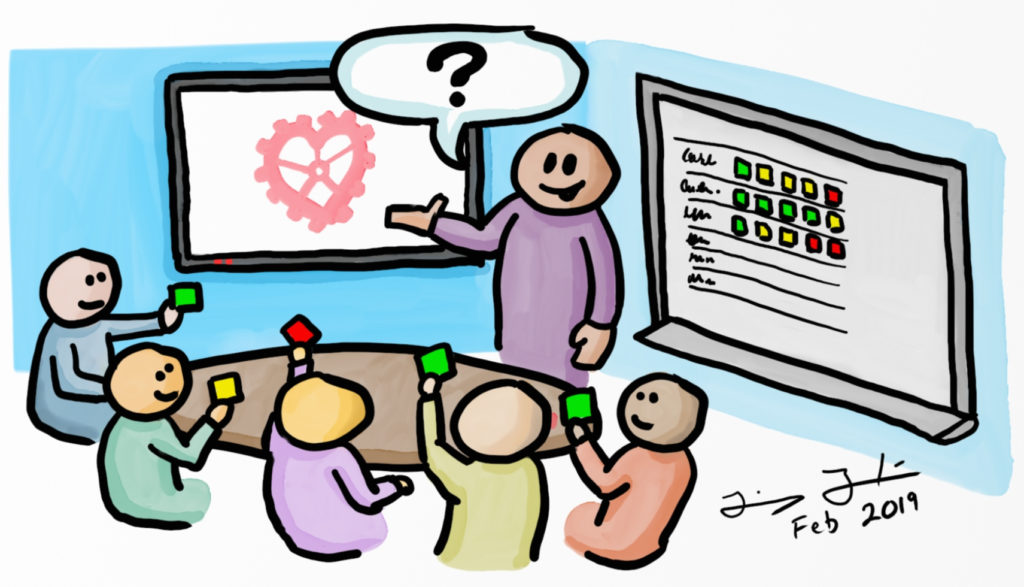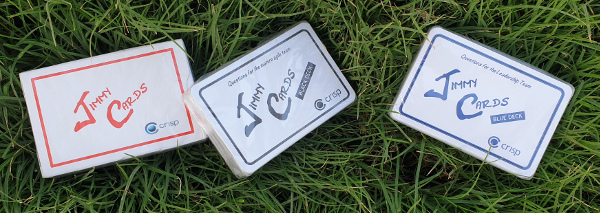Rigid detailed long-term plans, where progress is tracked based on consumed budgets, are in agile organizations quickly becoming a fading nostalgic memory of the past. They are replaced by forecasts and non-static roadmaps. Gather regularly in front of these visualizations and you will enable learning, sharing and trigger important conversations, resolve dependencies and invite to acts of servant leadership. Make your OKRs and Forecasts come alive!
In this blog I want to give examples of visualizations with accompanying recurring ceremonies. The visualization and accompanying ceremony enable sharing of progress and ensure that impediments and dependencies continuously are addressed and mitigated. It also turns the forecast into a conversation (as opposed to a fixed estimate captured in a project plan that is treated as a promise).
The core question the involved teams answer is:
“How confident do you feel that you will accomplish the Key Result before the end of this quarter?”

